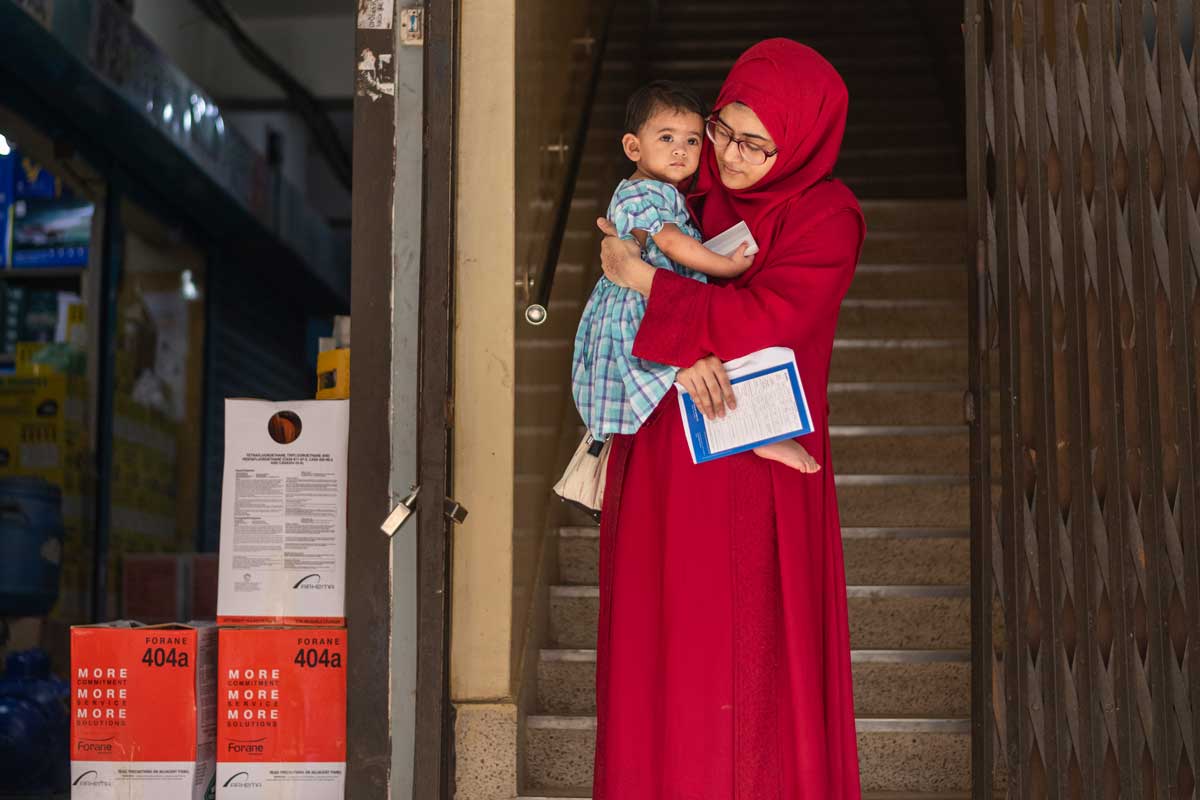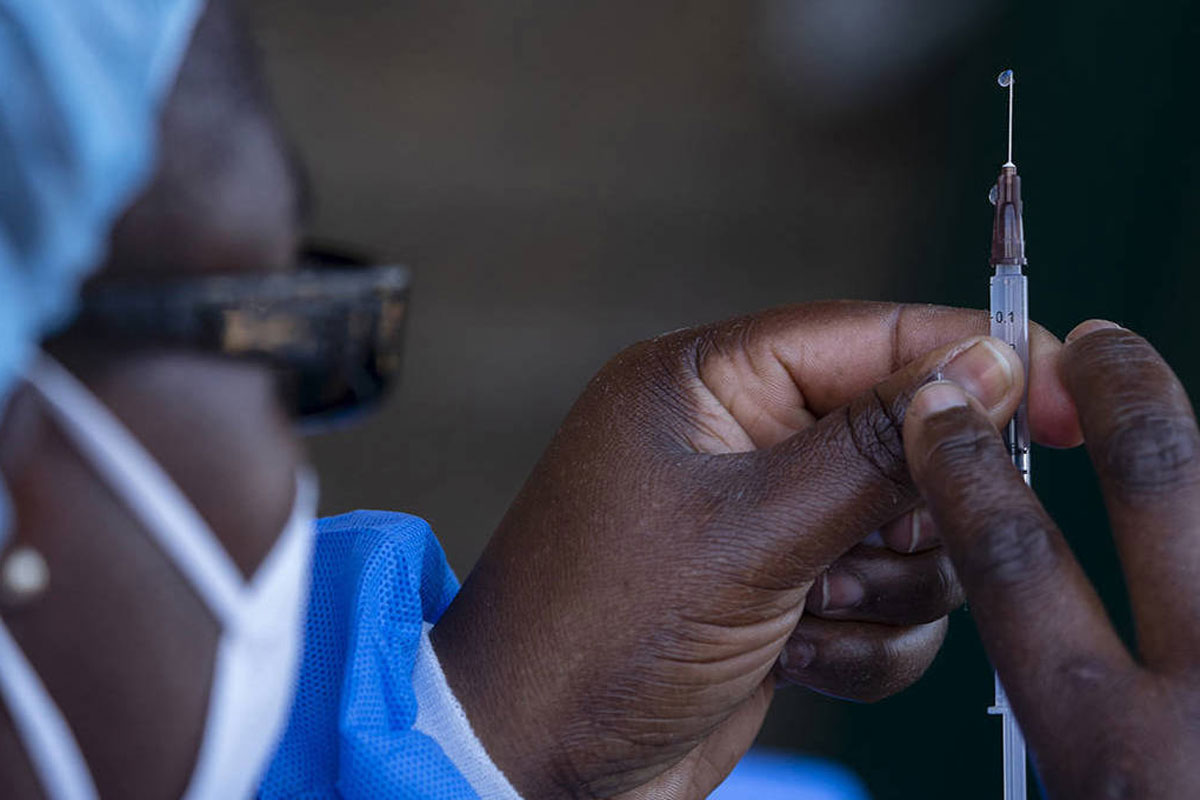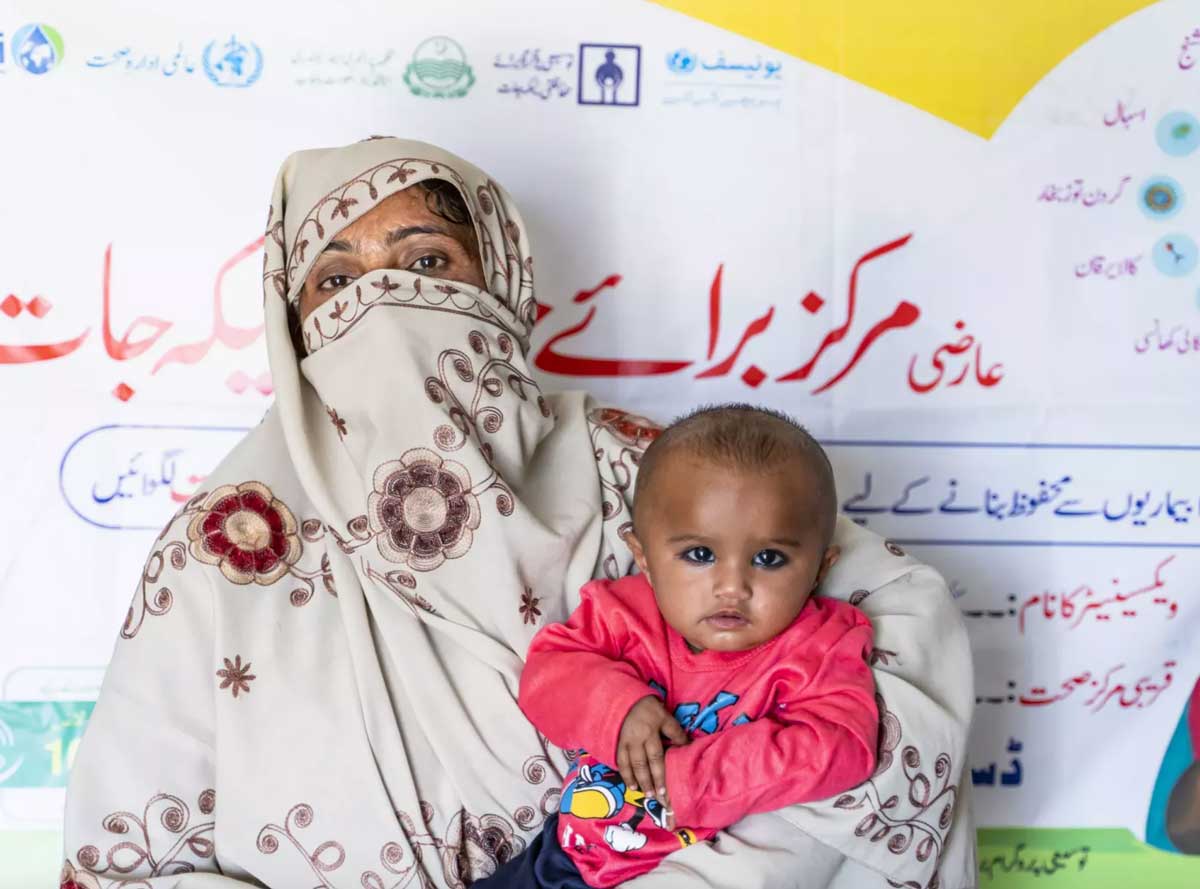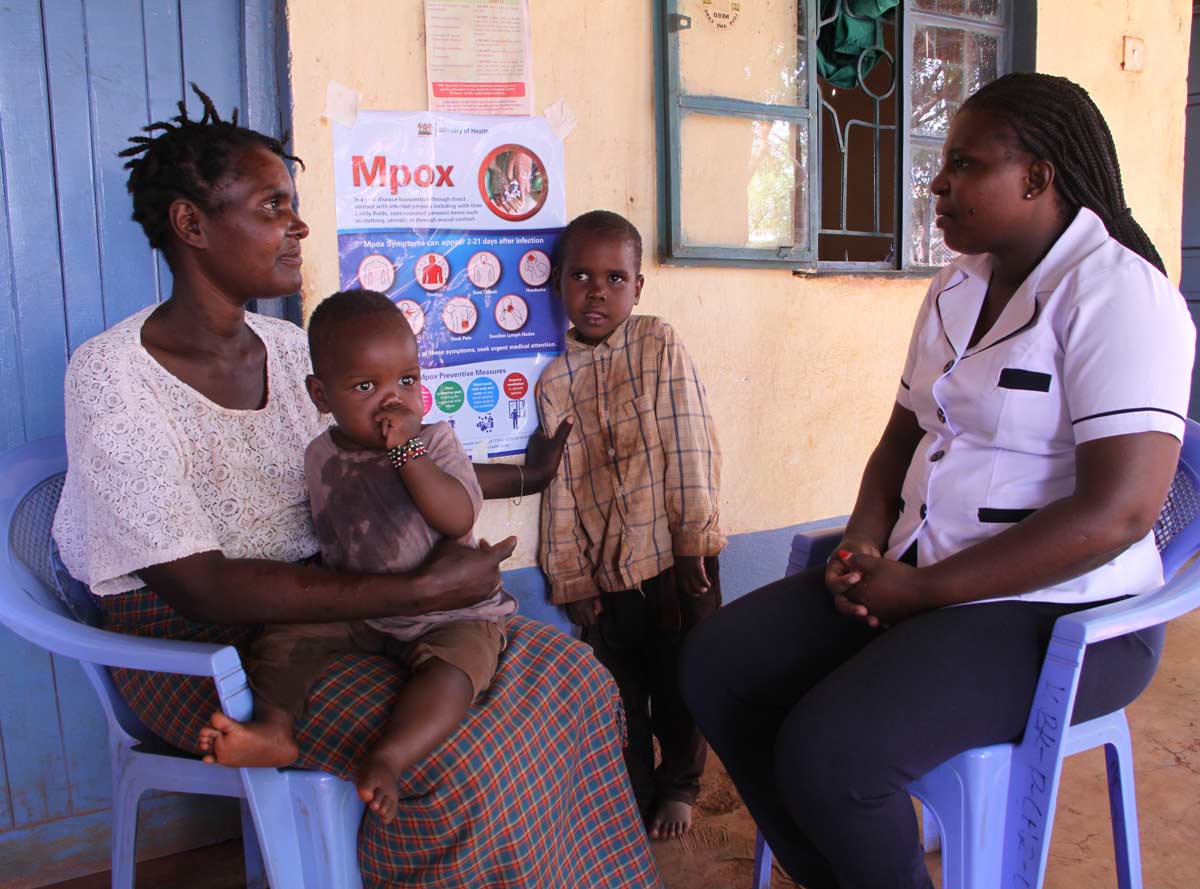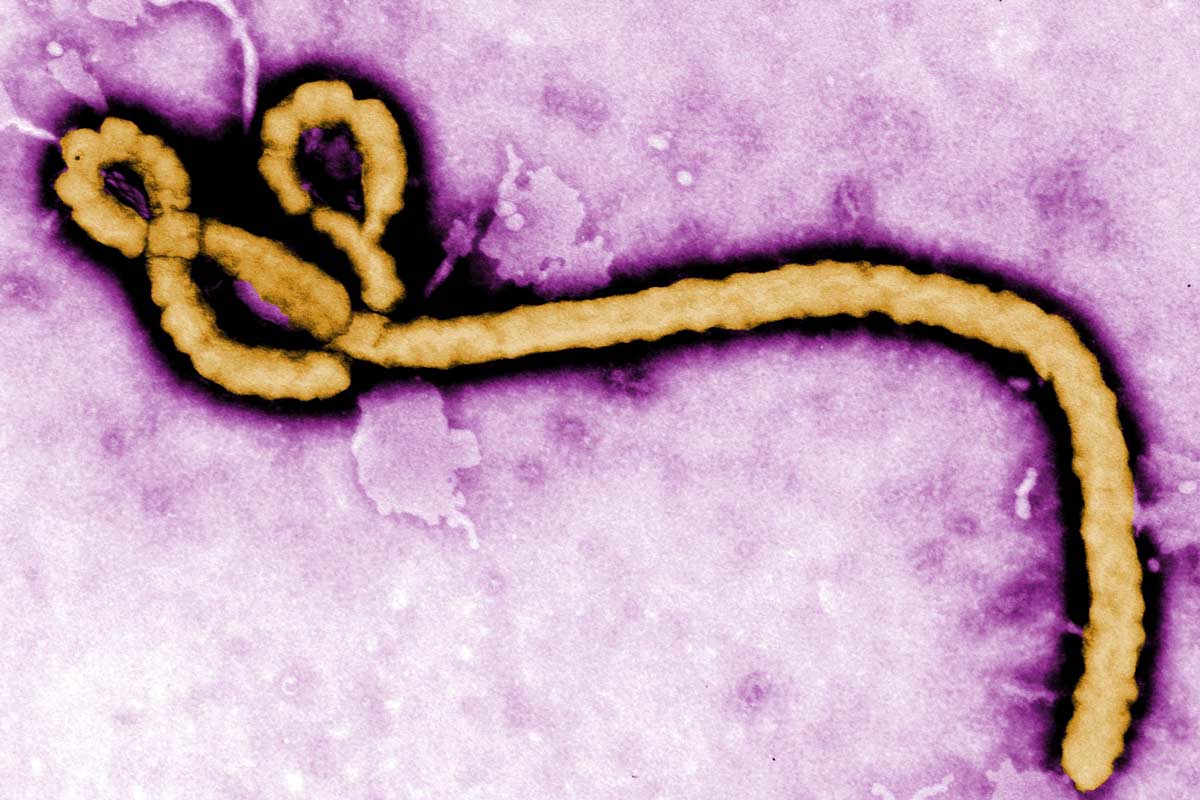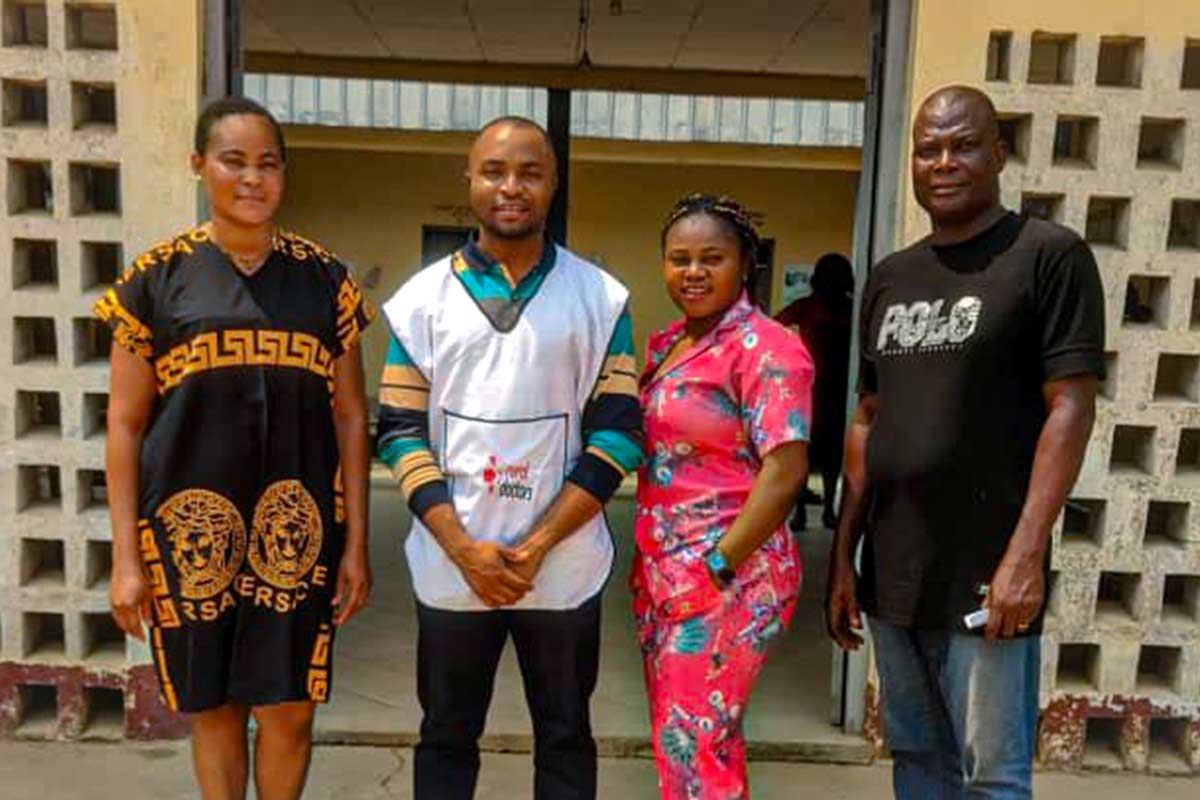Health is a political choice
COVAX can make even more of a difference if governments stop hoarding vaccine doses and allow the free flow of these crucial supplies.
- 29 October 2021
- 5 min read
- by José Manuel Barroso
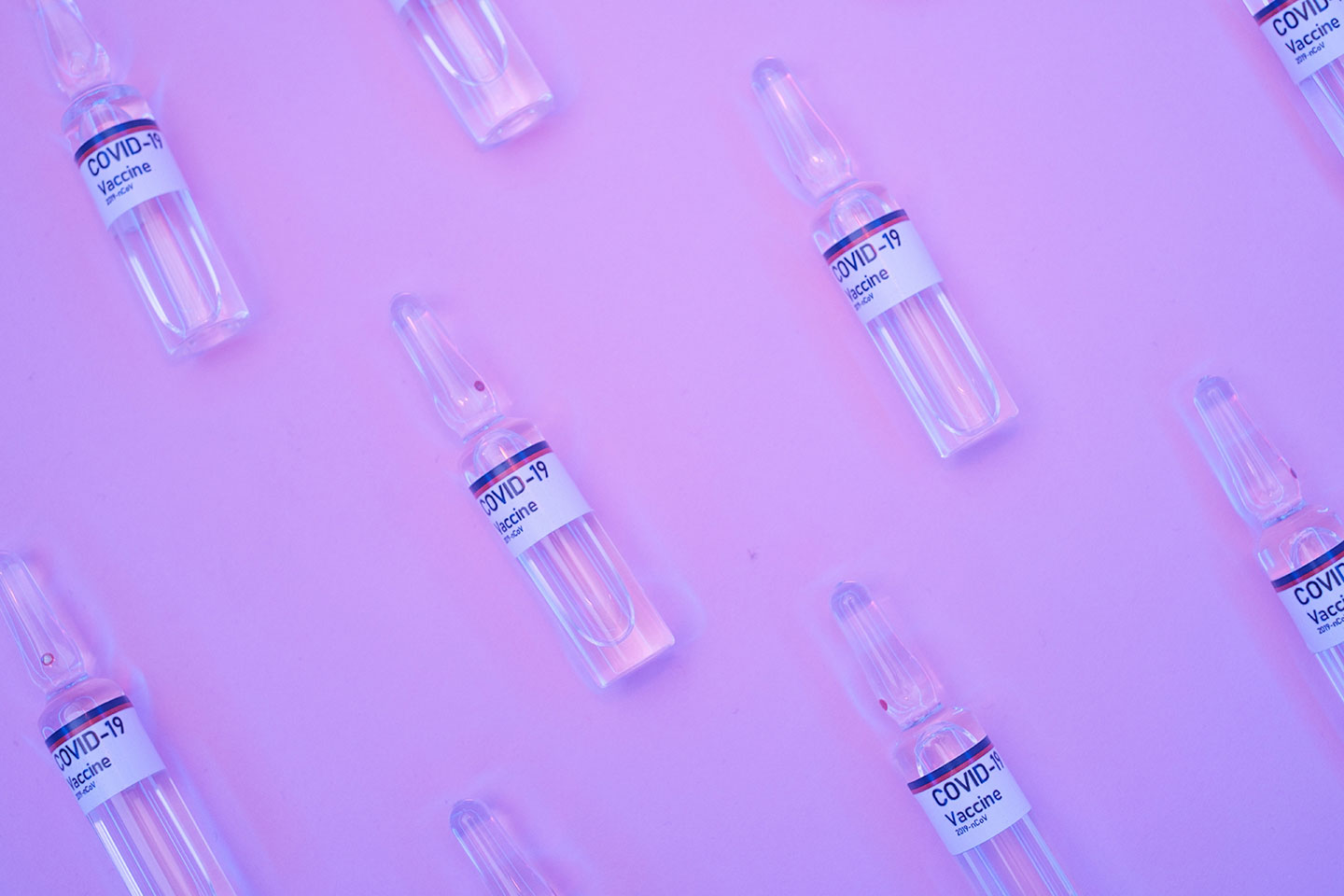
During any crisis the first instinct is to protect oneself. This is precisely what we have seen with the COVID-19 pandemic, with governments doing everything in their power to carry out their duty to protect their citizens first. However, when it comes to a global health crisis involving infectious disease, keeping your own people safe also means making sure that others are protected too. As COVID-19 rages on, with the Delta variant continuing to spread in many parts of the world, and new variants such as the C.1.2 and Mu beginning to emerge, for many governments the reality that ‘no one is safe until everyone is safe’ is finally sinking in.
By signing more deals with manufacturers, further diversifying our portfolio and manufacturer base, and with the help of dose donations, COVAX will be able to rapidly accelerate the pace of deliveries, although we will still fall significantly short of having two billion doses available for supply by the end of the year, as we had forecast in the spring.
— José Manuel Barroso
Indeed, based on the current global distribution of COVID-19 vaccines, this means that right now no one’s safety is guaranteed. Some of the wealthiest countries may have vaccinated over two-thirds of their population and are making plans for boosters, but with just 2.5% of people in low-income countries having received their first jab, all people – not to mention economies – remain at risk. The longer the virus is allowed to spread, the greater the chances that new variants will emerge that are more dangerous, even to people already vaccinated.
COVAX was created to prevent this sort of scenario, by providing a mechanism through which all countries could access COVID-19 vaccines, including the 92 lower-income countries that would otherwise have limited or no access. As the only global solution centred on equitable access to vaccines, it has proven it works, securing around two billion doses early on when competition for doses was fierce. So far more than 363 million doses have already been delivered to 144 countries. But along the way we have hit major supply bottlenecks, and this has created serious delays. We are nowhere near where we would like to have been at this point.
Have you read?
Despite the challenges, by early 2022 we expect to have delivered enough doses to protect all high-risk groups globally, including front-line health and social care workers, and vulnerable people, and beyond, around 20% of the population in low-income countries.
G20 governments are helping and not just in terms of funding this work. Several have recently committed to donating 1.3 billion doses to low-income countries through COVAX, with 140 million already delivered. This has gone a long way to help bridge the acute supply shortage we suffered earlier in the year on the back of export bans and under-supply from manufacturers.
Although donated doses are very much welcome, in a pandemic timing is everything. Many of these doses will come at a point when COVAX’s supply lines are ramping up and when the health systems of countries, which have already faced huge disruption because of the pandemic, will be operating at close to maximum capacity, while at the same time trying to prevent outbreaks of other diseases with support from Gavi by keeping routine immunisation programmes going.
By signing more deals with manufacturers, further diversifying our portfolio and manufacturer base, and with the help of dose donations, COVAX will be able to rapidly accelerate the pace of deliveries, although we will still fall significantly short of having two billion doses available for supply by the end of the year, as we had forecast in the spring. We cannot hide the fact that many of the delays we have faced are because of actions by governments. If we had received initial funding earlier and if governments had not hoarded doses, we would not have needed doses to be donated. Moreover, until just two months ago, many governments still had export bans preventing the free flow of vaccines, as well as many of the vital components and materials needed to make them. All these factors continue to hinder the global vaccine distribution effort to this day.
What we really need governments to do now is truly get behind COVAX and allow it to deliver. First, we need those doses not already delivered to be made available as quickly as possible. Moreover, we need visibility on when they will arrive so countries can adequately prepare for their delivery. Governments possess more doses than they have thus far pledged and not all of these are needed for domestic national vaccination programmes – this surplus should be shared also.
We also need leaders to support our call for transparency. All too often COVAX has faced delays in the speed and volume at which it can access these doses because of a lack of transparency regarding manufacturers’ order books. By insisting that manufacturers are transparent with their order timelines and COVAX’s place in the queue, we can ensure a level playing field where no one – particularly anyone living in developing countries – gets bumped to the back of the line.
We also need G20 governments to prioritise COVAX. We are already struggling with manufacturers, however, to maintain contracted supplies and ensure COVAX is not once again pushed to the end of the queue. We also ask those countries with orders that are not needed at this time to give up their place in the queue and allow COVAX to take it so we can get doses to countries now.
Finally, countries need continued support for roll-out. As this largest vaccine roll-out in history is under way, we need to be sure that countries have the support they need to deliver vaccines. Strengthening health systems will not only help ensure quality delivery but will also help countries mitigate the secondary effects of the pandemic, as well as build systems critical to global health security for the future. Ultimately the solution lies in global leaders recognising the impact of their domestic policies on this global crisis, and that the only solution is a global solution.
Partner content
Article originally published in the Global Governance Project's Health: A Political Choice publication.
